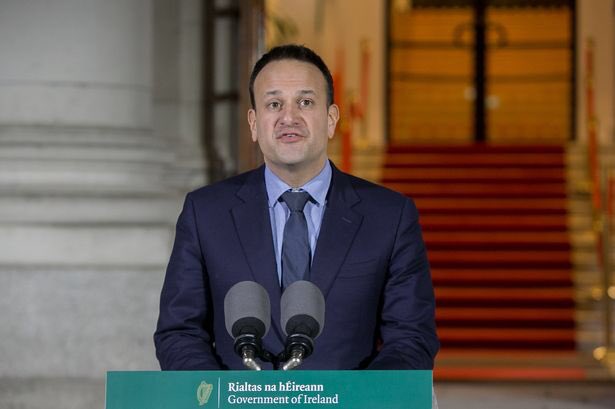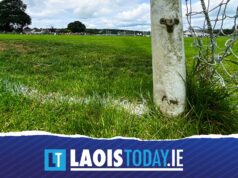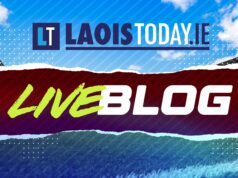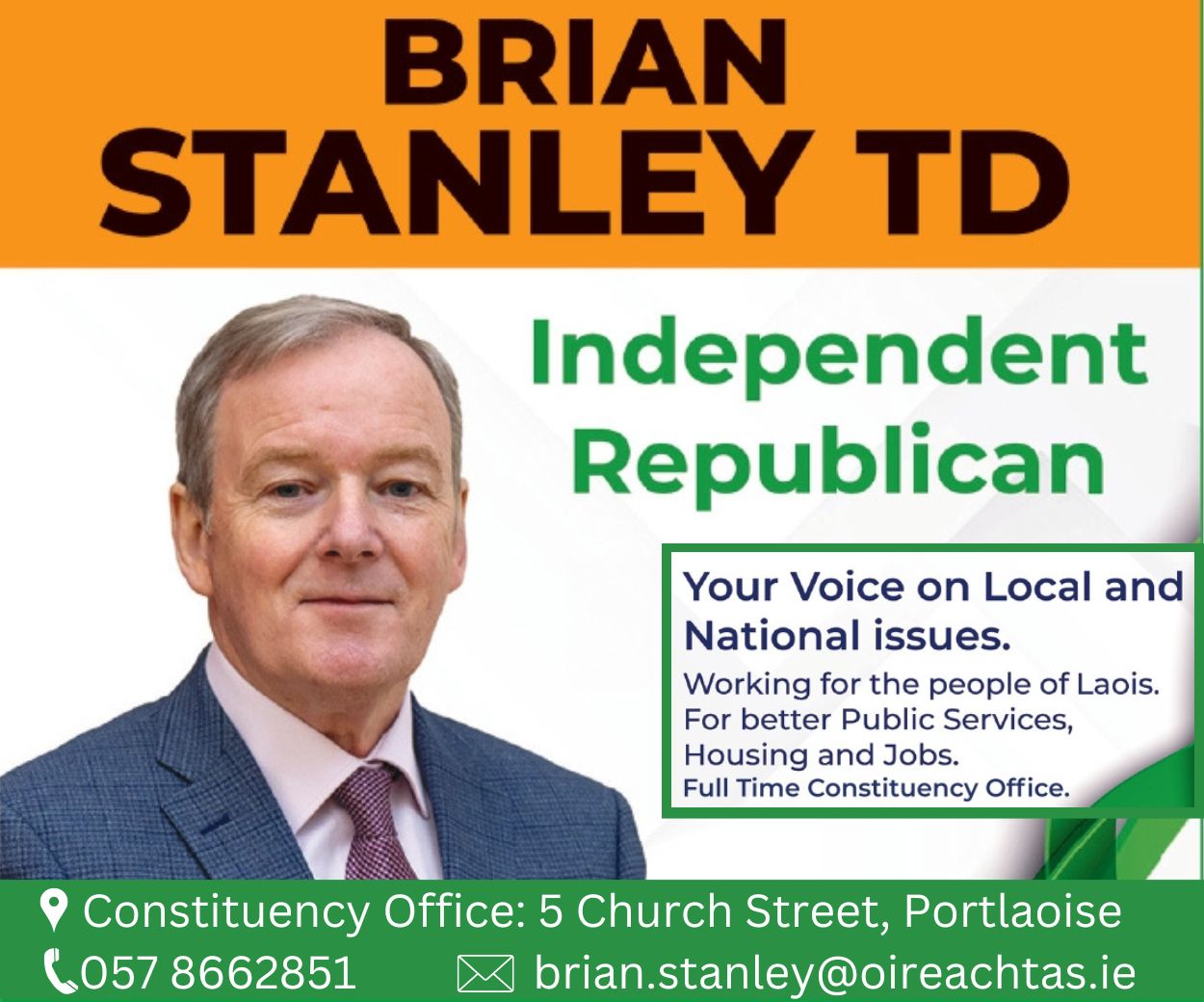The government has this evening published a Roadmap for Reopening Society and Business to ease the COVID-19 restrictions and reopen Ireland’s economy and society in a phased manner.
The Roadmap will start from May 18, from which point the country will re-open in a slow, phased way.
The plan sets out five stages for unlocking restrictions, at three week intervals. As restrictions are eased, the rate of the virus in the community will be constantly monitored by the National Public Health Emergency Team and the Government.
The framework sets out how we can keep the level of transmission as low as possible while balancing continuing restrictions proportionately with the positive social and economic benefits which will be brought about by lifting restrictions.
Earlier tonight, restrictions were increased until May 18 as Taoiseach Varadkar says ‘we still have not won this fight’.
In terms of the restrictions, from Tuesday May 5, people will now see the travel limit increased from 2km to 5km.
While those over 70 who are cocooning will be allowed to leave their homes for a walk or a drive within the 5km – although they are advised to remain cocooning.
There are 5 phases in the Roadmap to ease restrictions. Each phase consists of a menu of options will be considered by Government as it gradually opens up economic and social activities.
We can only go from one phase to the next if the virus remains under control.
Details for when churches, hairdressers and other sectors of society are contained below.
Examples of the types of actions which will be considered under the various phases include:
Phase 1 (May 18)
- allow outdoor meetings between people from different households (limited to 4 people)
- open up childcare for healthcare workers
- phased return of outdoor workers
- open retailers which are primarily outdoor or those which were open during first level of restriction (e.g. opticians)
- opening of certain outdoor public amenities
Phase 2 (June 8)
- travel restrictions extended to 20km from home
- allow visits to households (4 people limit)
- develop plans and supports to open up business with consideration for safety of staff and customers
- open small retail outlets and marts where social distancing can be observed
- open public libraries
Phase 3 (June 29)
- allow small social gatherings
- open cafes and restaurants
- visits to hospitals and residential centres on a phased basis
- opening of crèches, childminders and pre-schools for children of essential workers in phased manner
- return to work for those with low levels of interaction
- open non-essential retail outlets with street level entrance and exit
- open playgrounds
Phase 4 (July 20)
- opening of crèches, childminders and pre-schools for children of all other workers on a gradually increasing basis
- open hotels, hostels and caravan parks
- resumption of sports leagues (GAA and soccer) with limits on spectators
- return to work for those who cannot work from home
- gradual easing of restrictions for higher risk services (e.g. Hairdressers)
- opening of museums, galleries, places of worship
Phase 5 (August 10)
-
- allow larger social gatherings
- open shopping centres, theaters, gyms and cinemas
- open pubs, bars and nightclubs with social distancing
- on a phased basis, commencing at the beginning of the academic year 2020/2021, opening of primary and secondary schools and 3rd level institutions
- further easing of restrictions on high risk retail services


























